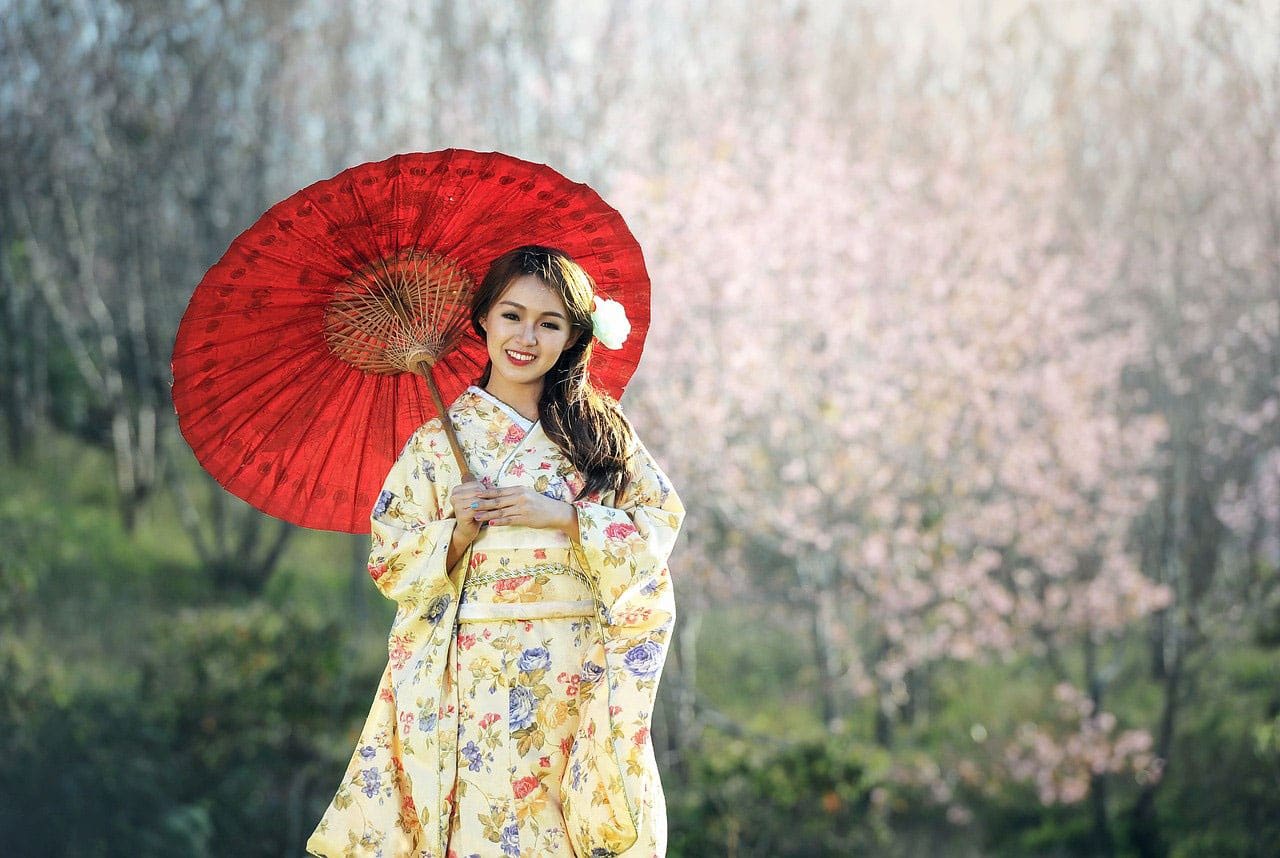Fashion represents a nation’s way of life. The intricacies of how pieces of clothing are combined show the uniqueness of a particular culture. Fashion talks about the history and heritage of a country as depicted by the different styles available, from the cultural Japanese Kimonos to the casual girl’s party dresses, the devil is in the details of the fabric.
Fashion and culture have a passionate connection that accounts for a country’s society, arts, and politics. Despite the changes in the society and environment, some of the traditional clothing in the world has prevailed. Some cultural groups still wear their ethnic attire up till now, which does not make their fashion sense any less.
The Japanese Kimono

The Japanese people’s unique preferences in the manner they dressed are attributed to their cultural unity and devoted sentiments for their country. Their minimalistic and constantly advancing culture are well-reflected in their way of living, including their traditional clothing.
The kimono is Japan’s national dress, the country’s fundamental fashion component. It is detailed and embroidered traditionally, generally a T-shaped and wrapped-front robe with an obi belt to secure the garment. Legends say that the Japanese kimono’s prototype was called the Kantoi, a dress worn way before the third century, described as sleeveless one-piece clothing.
Japanese kimonos are very comfortable to use, wearable for both men and women, and styled from casual to elegant ones. It has several versions and variations throughout the years, worn based on several factors – wearer’s age, gender, marital status, and occasion. Modern Japanese women use kimonos almost the same way with girls’ dresses. And it is still a fashionable garment in Japan, often worn at summer festivals, formal events, costume parties, and even on normal days.
The Saris and Dhotis in India
As a country with no regard for spiritual beings in ancient times, India has become a land open to different religious beliefs and practices for hundreds of years that have shaped its diverse cultures and ethnicities. And among the country’s way to show its rich cultural diversity manifests in the traditional clothing.
Saris for the ladies and dhotis for the gentlemen encompass the wide variety of traditional attire in India. Indians have embroidered these garments with various prints and embellishment, woven based on the ethnicity, location, climate, and culture of the people in each part of the country. Saris and dhotis are famous in many regions in India due to the carefree and lightweight feel it provides, suitable for India’s relatively hot climate.
Dhotis appear to be loose skirts or shorts-wrap for the men that are used in rural places with extreme heat, typically worn without a top. Men in the villages of India still wear dhotis with the use of a belt to wrap it around their waist.
Indian women drape saris onto their bodies in several ways, depending on where they reside. It is made out of cotton or silk, an unstitched strip of cloth with four to nine meters in length, and commonly worn over a petticoat. Saris are typically used during special occasions like weddings. Young Indian girls wear half-saris, and adult women prefer the full ones. Even in the armed forces, Indian women still wear a sari uniform.
The Fashion Capital
Fashion is an integral part of the culture, social life, and economy in France, with Paris as the center of the fashion industry and the fashion capital of the world. The majority of the extravagant French fashion brands’ headquarters reside in Paris, which became one of the attractions in the country.
The trend of casual and long-lasting outfits is well-known in Paris, almost in all European countries. Wearing the same coat during the entire duration of winter is a norm out there, as well as using one piece of clothing. Old classic pieces of clothing are also popular in Europe, specifically those regarded as vintage or hipster. So when it comes to girls party dresses online, it would be quite easy to come across a wide array of options to choose from.
Some Countries’ Dress Codes
Different countries have their acceptable and law-mandated dress etiquettes. Say, for example, North Korea and Sudan, where women are not allowed to wear trousers, same with men wearing makeup. Also, North Korean men should always maintain their one to five centimeters in length hair, trimmed every 15 days.
In Saudi Arabia, women must wear a full-length black cloak called an abaya that covers their clothing and a scarf-like niqab to cover their heads. In case you have never been to this part of the world, you may quickly process your e-visa for Saudi Arabia here.
Entering a temple in Thailand entails a conservative way of dressing up by wearing shawls and scarves to be safe. In Japanese temples, people must go barefoot or with slippers. These rules apply to everybody, even for the visitors of the country.
What is in and what is out in the dressing up fad is always changing. What may look good in the past can be plain today, and the other way around. Fashion styles seek to look great and confident about oneself through the way fabric, apparel, and accessories are worn.

